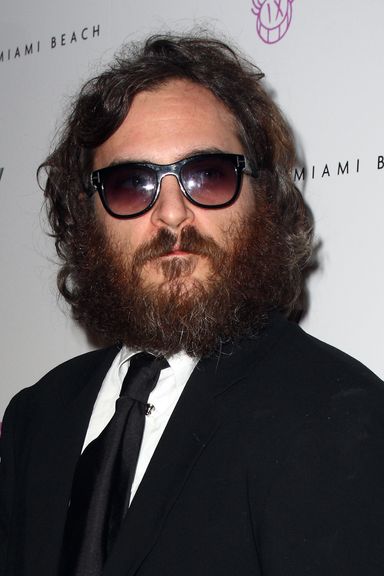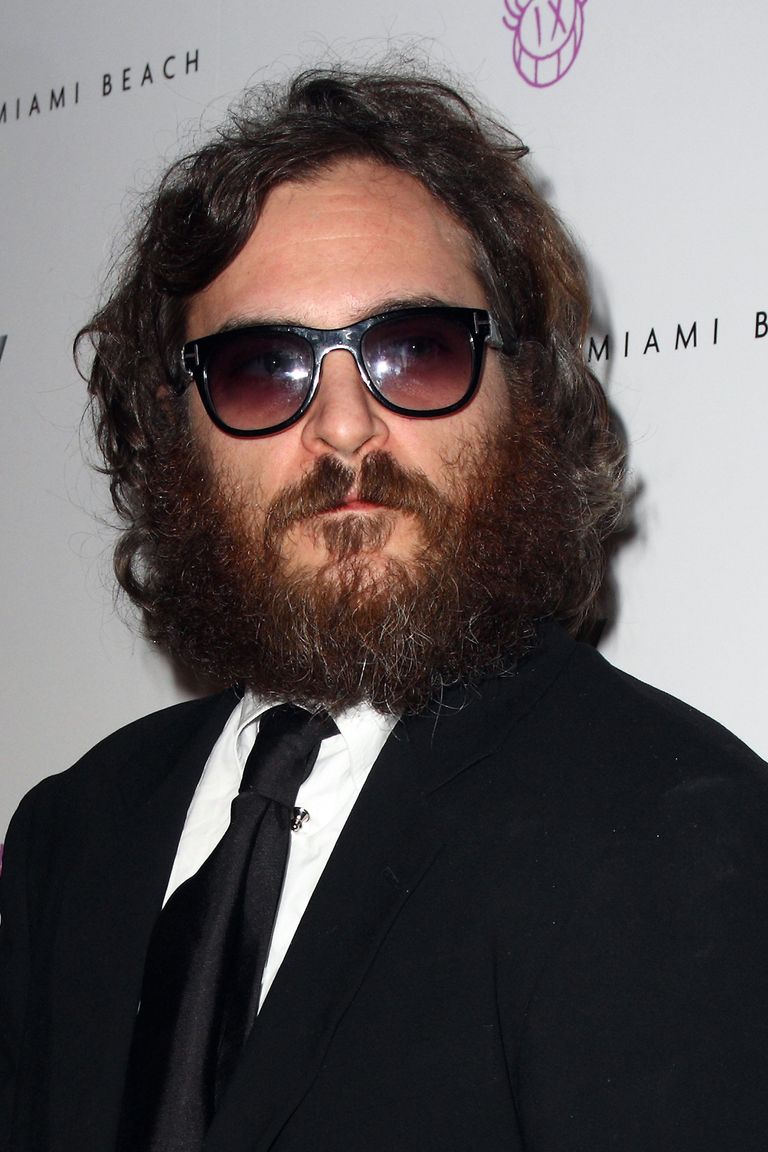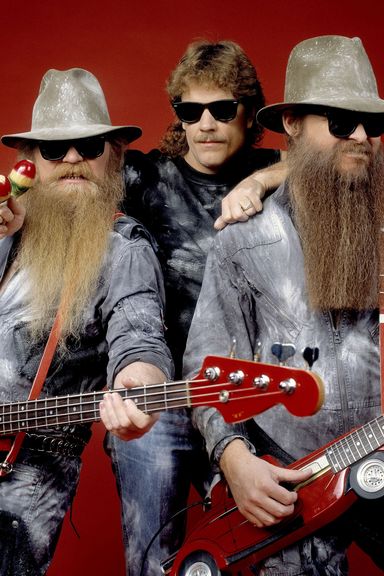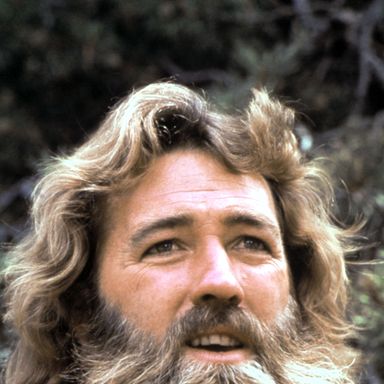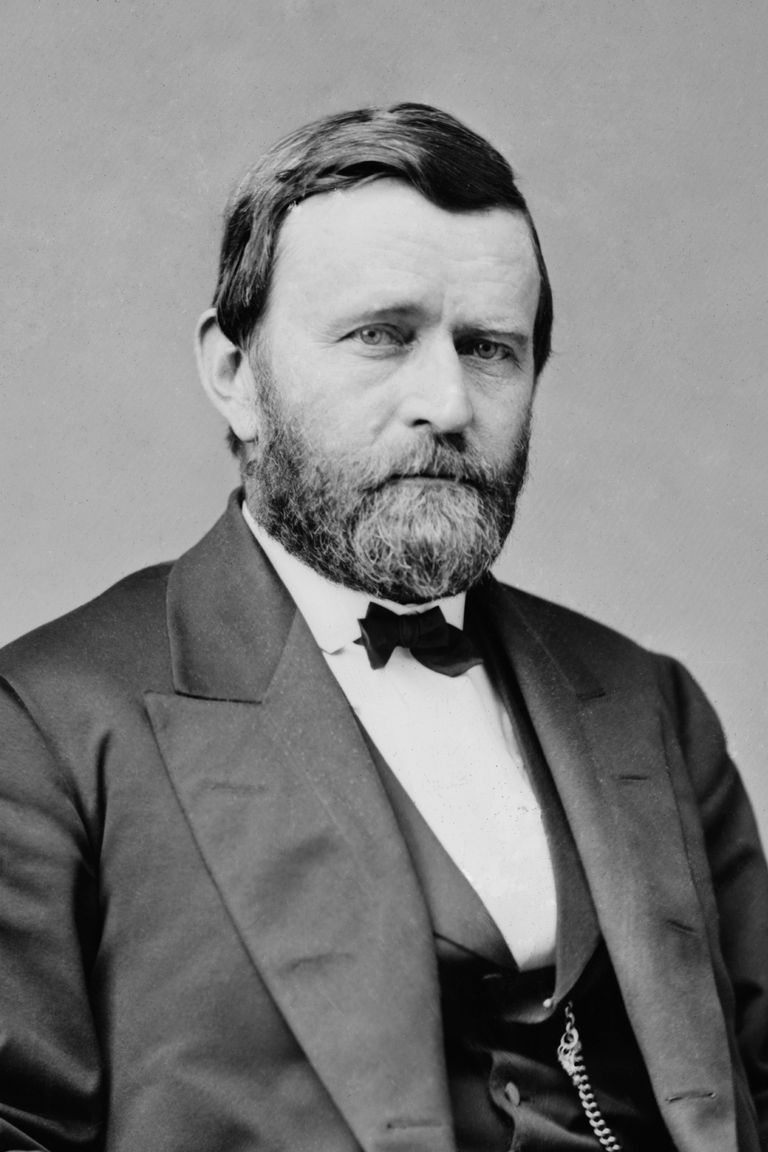Science Says Beards Are Now Over
Yesterday The Telegraph reported that researchers at the University of New South Wales have reached some disturbing conclusions: It seems the beard bubble may soon burst. “We may well be at peak beard,” announced professor Robert Brooks, the lead researcher on the study.
Do you hear that, everyone? Peak Beard. Peak Beard. It’s the Day After Tomorrow of facial hair! Sound the alarm! Stay indoors to avoid the stampede of beardos running to bougie neo-barbershops to get a hot shave. Buy Gillette stocks!
For the study, researchers asked 1,453 heterosexual or bisexual women to respond to 36 photos of men’s faces. They found that, when women saw hairy face after hairy face, they began to prefer clean-shaven men. Trendiness would appear to work against the beard’s sexual appeal. Science has called it: It’s all over, beardies. But how did we get here?
Somewhere around 2010, beards — glorious beards — began popping up in urban environments. Who are these men, we wondered. Lumberjacks? Carpenters? Farmers? Moses? No, just virile, wild looking, otherwise normal men roaming the city. The full beard quickly became visual shorthand for “man I would like to lay.” No job, bad manners, full, lush beard? Yes! Let’s marry.
But then something happened that happens with most trends: As the popularity of beards spread, it became harder to identify the beard of an authentically style-conscious, creatively employed hipster-leaning man. At first it was just beard and the wrong kind of ironic T-shirt. But it quickly escalated. All of the sudden it was: You have a beard, but you prefer Phish and not showering? You have a beard, but you didn’t just score a Color Me Badd record from an antique vinyl fair? You have a beard, and you actually live in the wilderness? No. It is too much. We’ve entered the dark ages.
There is some hope for a renaissance, though. Researchers likewise found that after viewing several photos of clean-shaven faces, women seemed to prefer beards again. What the study revealed is something called negative frequency-dependent sexual selection — the basic theory that ubiquity does nothing for the loins.
Once we’re awash in a sea of bare cheeks, mustaches, or, ugh, soul patches, the beard can emerge from extinction like a hirsute phoenix rising from the face ashes to ignite passion yet again. In the meantime, here’s a slideshow of some of the best beards we’ve ever seen. Cue up Sarah McLachlan’s “Angel,” and let yourself mourn while looking at these impressive face pelts.
Sources
Telegraph